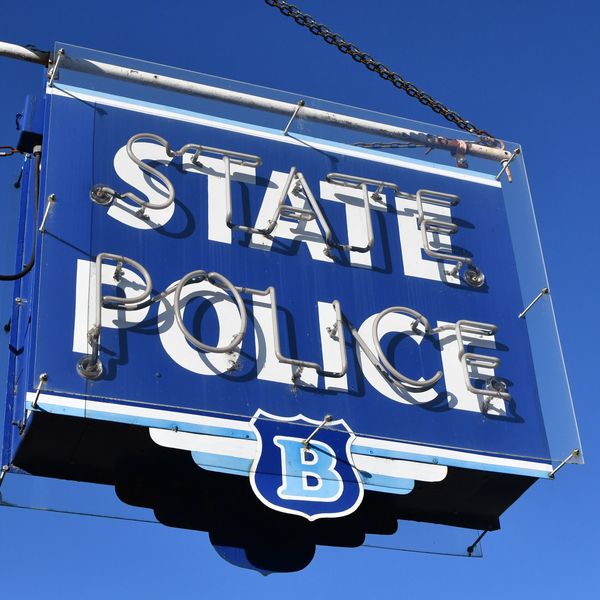Have you ever asked yourself whether there are any “normal” people in the world? Don’t we all struggle with something? Well, the answer is: yes! How do I know?
I took a stroll through the 816 pages of the Diagnostic and Statistical Manual of Mental Disorders, Fifth Edition, that are devoted to psychiatric diagnosis. This is the most recently available edition. I then created a list of the most common diagnoses and their “prevalences” as listed in the manual.
Prevalence is a number representing how many of the people out of a hundred in a given sample or study carry a diagnosis. It is important to understand that these numbers are very difficult to come by and should definitely be taken with a grain of salt. (Still, significant efforts have been made to establish such things through various nationwide surveys.)
Also, it is important to remember that some people may be given more than one diagnosis, since, after all, psychiatry is such a limited science, forced mainly to focus on the classification and lumping of symptoms and behaviors and very limited in its ability to get into the actual chemical pathways in the brain that these things are caused by. Also, we human beings are complicated creatures.
However, below is a list of 25 of the 60 diagnoses and their known prevalences, most of which I have encountered at some point or other in my 40 years of practicing family medicine. When I added all the numbers up, taking the lowest in any given range, the total percent of human adults with a diagnosis came to 143%. Putting my tongue in my cheek, I have to say that not one of us is entirely normal!
I would like to point out that homosexuality is not considered a disorder in the DSM-5 but tobacco use is. I would also like to point out that gender dysphoria is rare, making me wonder why so many people are making a big fuss about it. Furthermore, when the DSM-5 alludes to “associated factors” that might make having a diagnosis more likely, socio-cultural factors were very common.
This means things like childhood neglect or abuse, lack of education, poverty, inadequate nutrition, toxic exposures, inadequate shelter, inadequate opportunities to learn social skills, inadequate opportunities to develop self-esteem, etc. etc.
In my opinion, we will not ever begin to address the mental health “crisis” in our country if these socio-cultural factors are not addressed first. This means we have to redistribute our wealth.
Secondly, we should create a list of priorities for mental health funding and then spend as much on that as we do on our military. There’s no point in living in a country that is safe from outside attack if everyone on the inside is unhappy and/or dysfunctional.
Anna Timmel practiced medicine in Connecticut and New York State, retiring in 2020 after 40 years in practice.
Diagnoses (prevalence per 100 people)
From the DSM-5: Prevalences of Mental Disorders in Adults
1. Intellectual Disability 1.0
2. Autism Spectrum Disorder 1.0
3. Attention Deficit/Hyperactivity Disorder 2. 5-5.0
4. Delusional Disorder (eg. some conspiracy advocates) 0.2
5. Schizophrenia 0.3-0.7
6. Bipolar I and II 0.9
7. Major Depressive Disorder 7.0
8. Chronic Depressive Disorders 2.0
9. Premenstrual Dysphoric Disorder (ie. severe PMS) 1.8-5.8
10. Specific Phobias (eg. snakes, airplanes, elevators, bridges, taxis) 7.0-9.0
11. Social Anxiety Disorder (always at home) 7.0
12. Panic Disorder 2.0-3.0
13. Generalized Anxiety Disorder 0.9-2.9
14. Obsessive Compulsive Disorder 1.2
15. Hoarding Disorder 2.0-6.0
16. Post-Traumatic Stress Disorder 3.5
17. Female Orgasmic Disorder 10.0-42.0
18. Gender Dysphoria 0.005-0.014
19. Conduct Disorder (your average bully) 4.0
20. Alcohol Use Disorder (withdrawal symptoms if they stop) 8.5
21. Cannabis Use Disorder (withdrawal symptoms if they stop) 1.5
22. Tobacco Use Disorder (withdrawal symptoms if they stop) 21.0
23. Antisocial Personality Disorder (no conscience) 0.2-3.3
24. Narcissistic Personality Disorder (only love themselves) up to 6.2
25. Obessive-Compulsive Personality Disorder 2.1-7.9
















How’s our mental health?